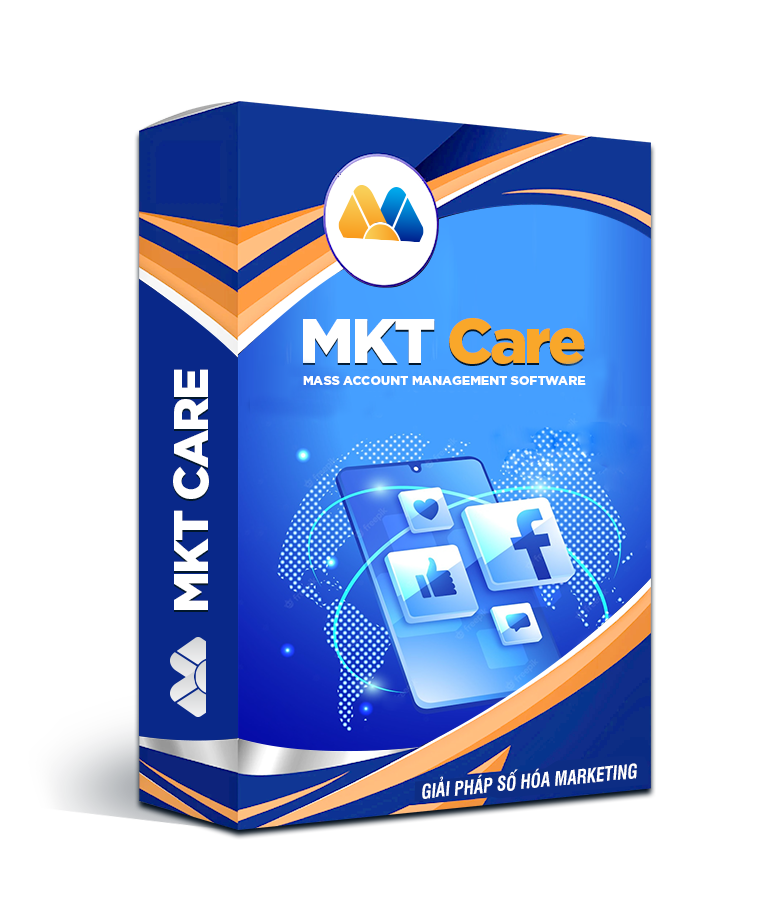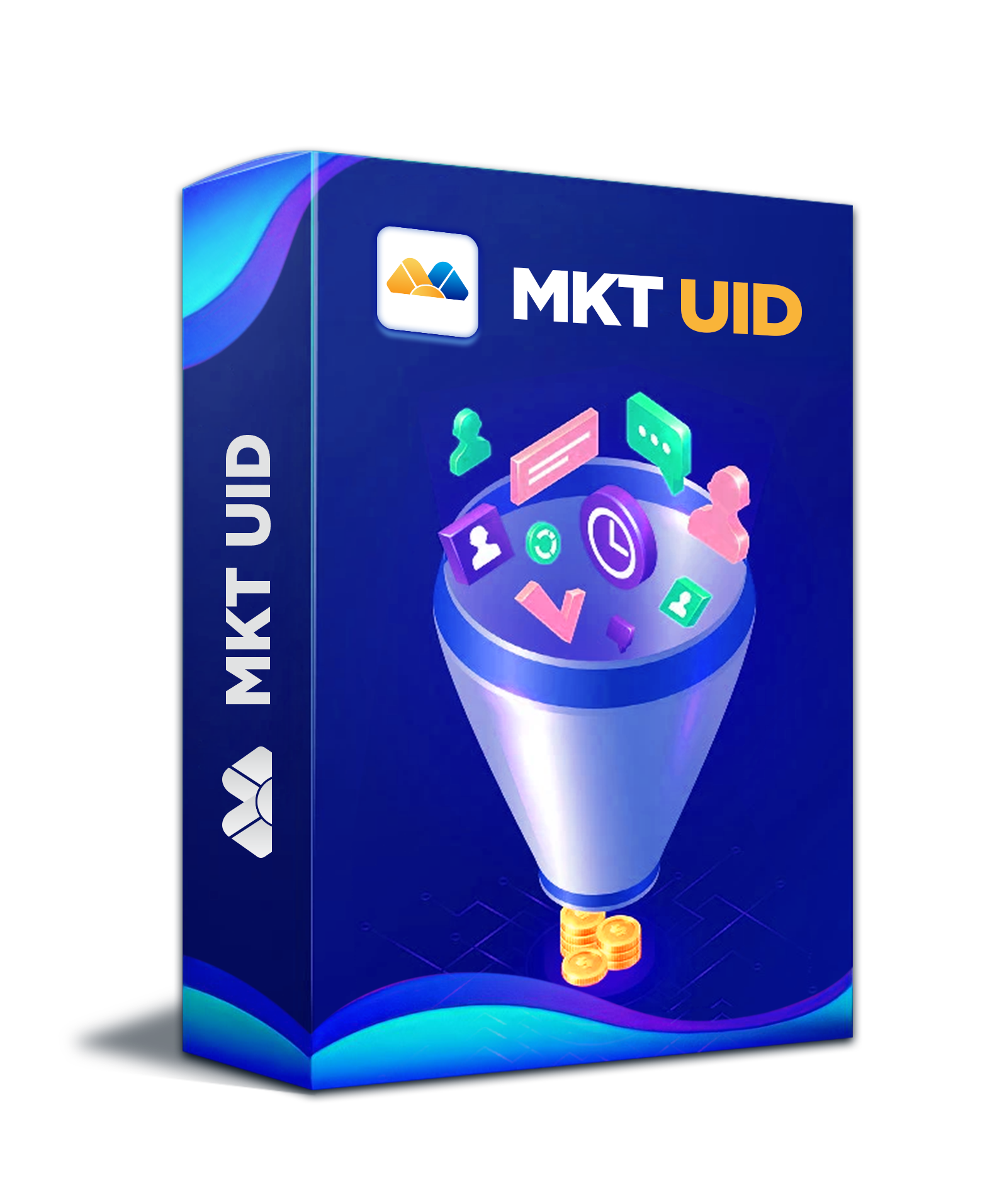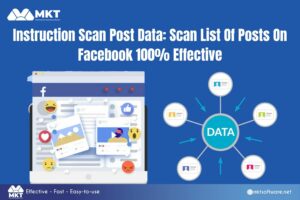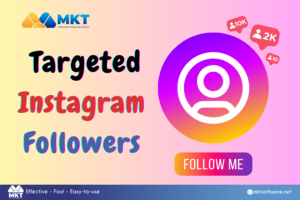A/B testing is a key strategy in optimizing marketing campaigns. In this article, MKT Software will explore how A B testing improves conversions and boosts user engagement by comparing different versions of your content for better results.
Table of Contents
ToggleI. What is A B testing?
Comparing the effectiveness of two versions of a piece of material to determine which one visitors or viewers prefer is known as A/B testing, also known as split testing or bucket testing. It compares two versions—the control (A) and the variant (B)—in order to determine which is more successful in light of your important performance indicators. You have the following choices for doing A/B tests as a digital marketing practitioner doing either B2B or B2C marketing:

- A/B testing of websites, which divides visitors between versions A and B, focuses on copy, images, colors, styles, and calls to action. You track visitor behavior to determine which version results in the most 1) conversions or 2) visitors completing the desired action.
- A/B testing in email marketing divides receivers into two groups and tests different subject lines, graphics, and calls to action to see which version has a greater open rate.
- To determine which material generates greater engagement, an algorithm will select content based on user behavior, or editors will select content.
II. Different types of A/B testing
A/B testing comes in various forms, each designed to address different needs and goals. Here are the most common types of A/B testing:
1. Split URL testing
Split URL testing and A B testing are frequently confused by those in the testing community. But the two are inherently extremely different from one another. Split URL testing is a process of experimentation in which a whole new URL for an already-existing web page is evaluated in order to determine which one works better.
A B testing is typically employed when you want to test website modifications exclusively on the front end. Split URL testing, on the other hand, is utilized when you want to make big adjustments to your current page, particularly with regard to design. For comparison’s sake, you are unwilling to make any changes to the current website design.
When you do a Split URL test, the traffic to your website is divided between the variants (new web page URL) and the control (original web page URL). The conversion rates of each variation are then measured in order to determine which one is the winner.

2. Multivariate testing (MVT)
Multivariate testing (MVT) is an experimental technique that examines which combination of factors performs best out of all the potential permutations by evaluating variations of multiple-page variables simultaneously. It is ideally suited for experienced experts in marketing, product, and development as it is more complex than a standard A/B test.
To provide you with a more thorough explanation of multivariate testing, consider the following example. Assume you choose to test two different iterations of your landing page’s headlines, call-to-action button color, and hero image. In order to choose the winning version, a total of eight variations are generated and will be evaluated simultaneously.
To find the total number of versions in a multivariate test, use this straightforward formula:
[No. of variations of element A] x [No. of variations of element B] x [No. of variations of element C]… = [Total No. of variations]

3. Multi Page testing
You can test changes to specific elements across multiple pages using a technique called multi page testing.
A multipage test can be administered in two ways. One of two options is to take every page in your sales funnel and rework it; this becomes your challenger, the sales funnel, which you can then test against the control. We refer to this as Funnel Multi Page testing.
Two, you may test the effects on conversions along a funnel of adding or removing a repeating feature (or elements), like testimonials, security badges, etc. We refer to this as conventional or classic multi page testing.

III. What can you A/B test?
A/B testing can be applied to various aspects of digital marketing, product design, and user experience to optimize performance. Here are key areas where A/B testing is commonly used:
1. Copy
In order to grab readers’ attention and encourage conversions, copywriting is essential. A/B testing various phrasings for call-to-action phrases, body copy, and headlines can assist identify which language appeals to users more.
Headlines and subheadlines
Almost always, a visitor to a website notices the headline first. It also establishes their initial and final impression, completing the gaps as to whether or not they will become paying clients. Therefore, you must exercise extra caution when it comes to the headlines and subheadlines of your website. Make sure they’re succinct, direct, memorable, and express your idea in the first place. A/B test a few copies using various fonts and writing styles to see which copy grabs readers’ attention and encourages conversions. You can also create suggestions for the current material on your website using VWO’s AI-powered text generating technology.
Body
Your website’s body, or primary text content, should make it obvious to visitors what they may expect from you. It should also be consistent with the headline and subheadline of your page. Having a well-written body can greatly improve the likelihood that your website will become a conversion magnet.
When creating the content for your website, bear in mind the two main factors:
- Writing style: Adapt your tone to the audience you are writing for. The end user should be the focus of your text, and all of their questions should be addressed. It needs to have both stylistic components that draw attention to vital aspects and essential phrases that enhance usability.
- Formatting: Make use of pertinent headers and subheadlines, divide the text into manageable paragraphs, and use lists or bullet points to make it easier for readers to scan.
Subject lines
Open rates are directly impacted by email subject lines. A subscriber’s email will probably end up in their trash if they don’t find anything interesting.
Recent studies show that average open rates vary from 25 to 47 percent in more than a dozen industries. Only approximately half of your subscribers may open your emails, even if you’re above average.
You can improve your odds of getting visitors to click by doing A B testing on subject lines. Try contrasting assertions and questions, compare and contrast powerful words, and experiment with emojis and non-emojis in subject lines.
2. CTA (Call-to-action)
The real action happens at the call to action (CTA). This includes visitor conversion rates, whether they complete their purchases and fill out the sign-up form, and other actions that directly impact your conversion rate. You can experiment with different CTA copies, their positioning on the page, their size and color scheme, and more using A/B testing. This kind of testing aids in determining which variant has the greatest chance of generating conversions.

3. Content depth
Certain internet users have a preference for reading lengthy articles that go into great depth about even the smallest aspects. Many others, in the meantime, choose to quickly scan the page and focus just on the subjects that are most pertinent to them. Which group comprises the people you want to reach?
Test depth of content A/B. More details are provided by producing two identical pieces of content, one of which is noticeably longer than the other. Examine which most captivates your readers.
Recognize that in addition to many other business indicators like the conversion rate, page time spent, and bounce rate, content depth affects SEO. You can discover the perfect balance between the two with A/B testing.

Conclusion
A B testing is a crucial tactic for companies trying to maximize their digital marketing expenditures. Businesses may increase conversions, enhance customer engagement, and enhance overall performance by using data to compare various iterations of a webpage, app, or email.





























